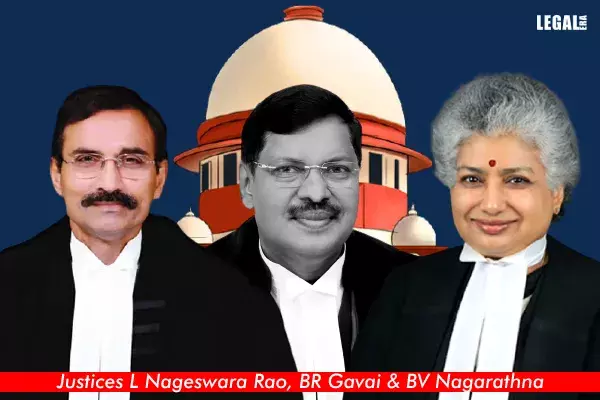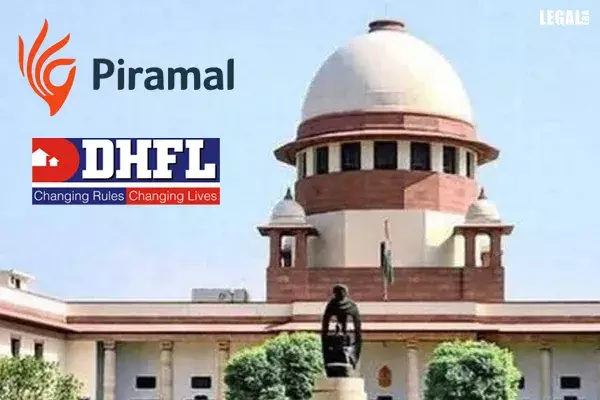Supreme Court Landmark Judgement on Trademark ruling represented by Anand & Anand
The judgment sets an example for future cases;

Supreme Court Landmark Judgement on Trademark ruling represented by Anand & Anand The judgment sets an example for future cases The Supreme Court of India has ruled that the legislative intent of the Trade Marks Act, 1999 should be upheld while deciding against the misuse of the trademark. In a landmark judgment with wide ramifications on strengthening India's role in...
Supreme Court Landmark Judgement on Trademark ruling represented by Anand & Anand
The judgment sets an example for future cases
The Supreme Court of India has ruled that the legislative intent of the Trade Marks Act, 1999 should be upheld while deciding against the misuse of the trademark.
In a landmark judgment with wide ramifications on strengthening India's role in globalization and investment, a bench of Justice L Nageswara Rao, Justice BR Gavai and Justice BV Nagarathna held that the use of an identical (registered) mark needed to be restrained through an injunction. Thereafter, no inquiry was required regarding the reputation of the mark in India, the likelihood of confusion or honesty of adoption by the infringer.
It was the Supreme Court's first decision that distinguished between Section 29 (2) and Section 29 (4) of the Trade Marks Act.
The court was hearing an appeal moved by Renaissance Holding Inc, a company registered in Delaware, United States against the Karnataka High Court decision of 2019. The high court had reversed the injunction granted by a Bengaluru court in favor of Renaissance in 2012.
Renaissance Holdings, the proprietor of trademark 'Renaissance' that runs hotels, spas and clubs, had challenged the use of the insignia 'Sai Renaissance' for similar services in parts of South India.
While the trial court had ruled in its favor, the high court reversed the findings governing that there was no infringement as the plaintiff had failed to establish its reputation in India. The use of the trademark by Sai Renaissance was, therefore, honest and there seemed no confusion amongst the consumers. Thus, the high court order was challenged in the appeal.
Appearing for Renaissance Holdings, team Anand and Anand comprising Pravin Anand, Vaishali Mittal, Siddhant Chamola and Souradeep Mukhopadhyay convinced the apex court that the test for infringement of trademark was an important question of law, requiring finality for future cases.
On behalf of the plaintiff, senior advocate K V Vishwanathan brought to the notice of the court that the proof of reputation was irrelevant in such cases.
The court stressed the need to honor the intention of the Indian Parliament behind enacting the Act. It was to increase globalization, encourage foreign investment, harmonize trademark systems and prohibit trademark misuse, the court said.
The Supreme Court bench observed that while interpreting the provisions of a statute, the textual interpretation should be matched with the contextual one.
"The Act must be looked at as a whole and it must be discovered what each section, each clause, each phrase and each word is meant and designed to say as to fit into the scheme of the entire Act. No part of a statute and no word of a statute can be construed in isolation. Statutes have to be construed so that every word has a place and everything is in its place," the court suggested.
Regarding the High Court's construction of Section 29, the bench observed that one of the purposes of the Act was to prohibit the use of someone else's trademark as a part of the corporate name or the name of the business concern.
It stated, "If the entire scheme of the Act is construed as a whole, it provides for the rights conferred by registration and the right to sue for infringement of the registered trademark by its proprietor. The legislative scheme as enacted under the said statute elaborately provides for the eventualities in which a proprietor of the registered trademark can bring an action for infringement of the trademark and the limits on effect of the registered trademark."
Adding that a part of a section cannot be read in isolation, the Supreme Court said that ignoring the principle, the high court had picked up clauses, sections and sub-sections in isolation without even noticing the other provisions that it contained.





